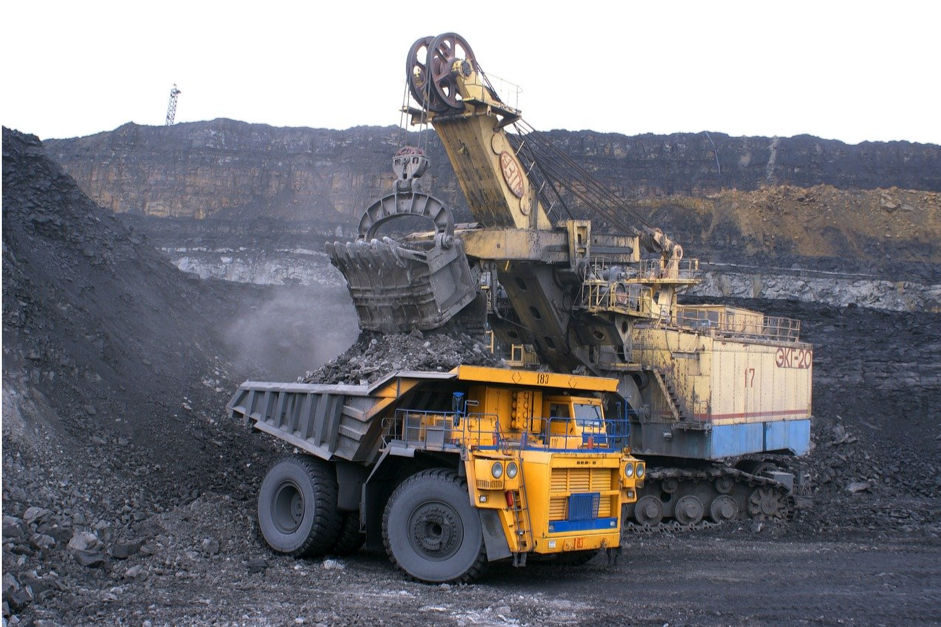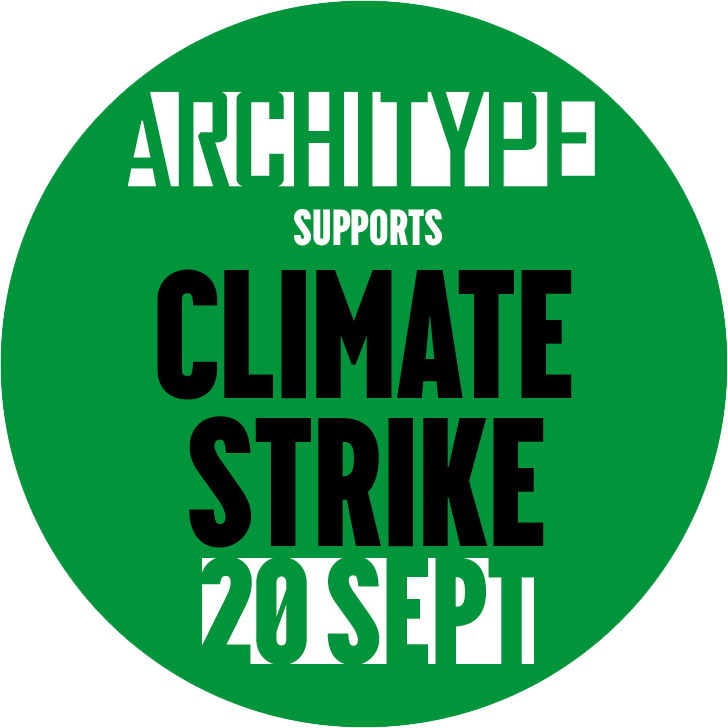Architype
Achieving zero carbon
By Emily Partridge

By Emily Partridge, Senior Architect & Climate Action Leader
MA(Cantab) DipArch PgDip
Carbon is fundamental to life; our bodies, food and nature are all made from it. But when carbon joins with oxygen it creates the greenhouse gas carbon dioxide – CO2 – which is rapidly warming the earth and bringing us to the brink of environmental disaster.
If we can use less in our daily lives we can maintain the delicate balance needed for life on earth.
There is no time to waste.
The construction industry generates 40% of UK carbon emissions and uses over half the world’s extracted materials. Existing buildings, and those being designed and built now, will still be around in 2050. Will they be anywhere near zero carbon?
American Professor Gregory Unruh, an expert on sustainable business, called out the need for change over 20 years ago: “Despite the serious impacts of climate change being known, and despite the existence of cost-effective alternatives, the self-perpetuating inertia of high-carbon industries, politics and economics has created persistent systemic forces that are highly resistant to change.”
And it is not good enough to just design what might be viewed as an eco building without seeing that through to check energy and carbon in use. We find that one of the biggest barriers for design that works for people and the planet is the performance gap – actual energy consumption can be five times higher than calculated at design stage. This is like buying a new car advertised to do 50 miles per gallon, but which only does 10 mpg – and is totally unacceptable!
“There is absolutely no excuse for new buildings that don’t meet zero carbon standards” Emily Partridge
To close this gap and create better buildings requires a much better understanding of what zero carbon means. The UK Green Building Council splits their definition into two:
- Net zero carbon – operational (in use) energy:When the amount of carbon emissions associated with the building’s operational energy on an annual basis is zero or negative. A net zero carbon building is highly energy efficient and powered from on-site and/or off-site renewable energy sources, with any remaining carbon balance offset.
- Net zero carbon– construction (embodied) energy:When the amount of carbon emissions associated with a building’s product and construction stages up to practical completion is zero or negative, through the use of offsets or the net export of on-site renewable energy.
Operational energy
As the RIBA Sustainable Outcomes Guide states: “We cannot continue to allow the use of predicted outcomes as the absolute measure of success if we are serious in delivering a step change in sustainability.”
Operational energy predictions must include both regulated energy – for example: heating; cooling; hot water; lighting; and un-regulated energy like plug-in equipment. And design calculations must be proven accurate with Post Occupancy Evaluation.
Some building modelling simulations omit unregulated energy from predictions, which is essentially the socket demands of a building. Unregulated energy, in combination with the difference in renewable energy generation and demand, and performance gaps means that in reality, net zero carbon is all too often, not zero carbon.
We specialise in delivering buildings to the Passivhaus standard which is the only standard that guarantees performance, defines specific and quantifiable criteria for energy use and demands excellent construction quality. The result is buildings with dramatically lower operational energy – down to between 5 and 25% of a standard new build, and showing no performance gap between design and building in use.
The Passivhaus standard means that operational energy is dramatically reduced, particularly heating energy. This means that less energy generation is required to achieve net zero carbon in use, making it highly cost-effective.
As a practice we are increasingly aiming for Passivhaus Plus which demands even more stringent energy criteria and uses renewables. Both the RIBA award-nominated Bicester Eco Centre and Hackbridge primary school are generating more energy than they use.
Offsetting energy with renewables: Theory and Reality
Offsetting emissions using renewable energy sources is a common goal when looking at zero carbon buildings. However, offsetting doesn’t always yield the expected results and can be difficult to quantify.
Building simulation modelling generally considers renewable energy to offset energy demand on a 1:1 basis. In reality, there is a daily, and seasonal difference between most renewable generation and the energy demand of a building (see bar graph below). In summer, energy is exported and potentially wasted. In winter, more energy is needed from the grid, which in turn requires high carbon intensity generation to make up the deficit. Seasonal storage is possible, but current technology means some energy losses and costs.


Embodied energy and true carbon zero
Getting to net zero carbon operational energy requires a carefully considered design that makes the most of natural resources. There is absolutely no excuse for new buildings that do not meet these standards. As my partner (who’s in the automotive industry) regularly reminds me – buildings really aren’t that complicated – they don’t even have any moving parts!
Embodied carbon includes emissions caused by extraction, manufacture or processing, the assembly of every product and element, plus the transportation of those goods. Its relative significance is increasing as both the grid decarbonises and operational energy reduces.
We take this a step further for a whole lifecycle carbon approach, which includes the embodied energy of the building, its operational energy during the building’s lifetime, and the end of life/deconstruction of the building. This lifecycle carbon can then be offset with on or off-site energy generation (the embodied energy of those energy generators, such as PV panels, should also be included), to result in true carbon zero. The next challenge is to ensure that either on a national, local, or individual building level, the energy generation and demand balances, as generally energy is generated at different times to when it is needed.
Existing buildings possess embodied carbon, and there is a balance between keeping and upgrading these buildings, and building more energy efficient structures from scratch – a topic we will explore in a future blog post. New buildings will have a higher embodied energy but lower operational energy
The embodied energy of new buildings can be reduced by using materials which use less energy to produce and are made from natural materials, such as timber and recycled newspaper insulation, instead of steel, concrete and plastic insulations. Locking up carbon in buildings (in the form of timber) helps to reduce the carbon emissions now but does impact the release of most of that when the building is deconstructed. Future technology could be developed which can capture this. Architype aims to address both operational energy, through the Passivhaus standard, and embodied energy, by using local, natural materials.
The drastic impact of the current pandemic has not changed the fact that we are in a climate emergency. We need to be completely clear, honest and truthful, use the knowledge and the technology we already have, and drop the greenwash.
A truly net zero carbon world has the potential to be one of the most exciting opportunities in human history – improving health and wellbeing; enhancing biodiversity; reducing poverty; and stabilising our economy.
Photo credit: Image by Анатолий Стафичук from Pixabay
